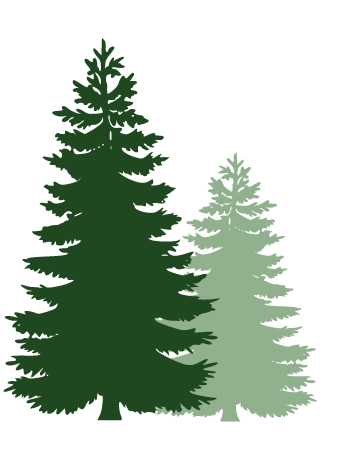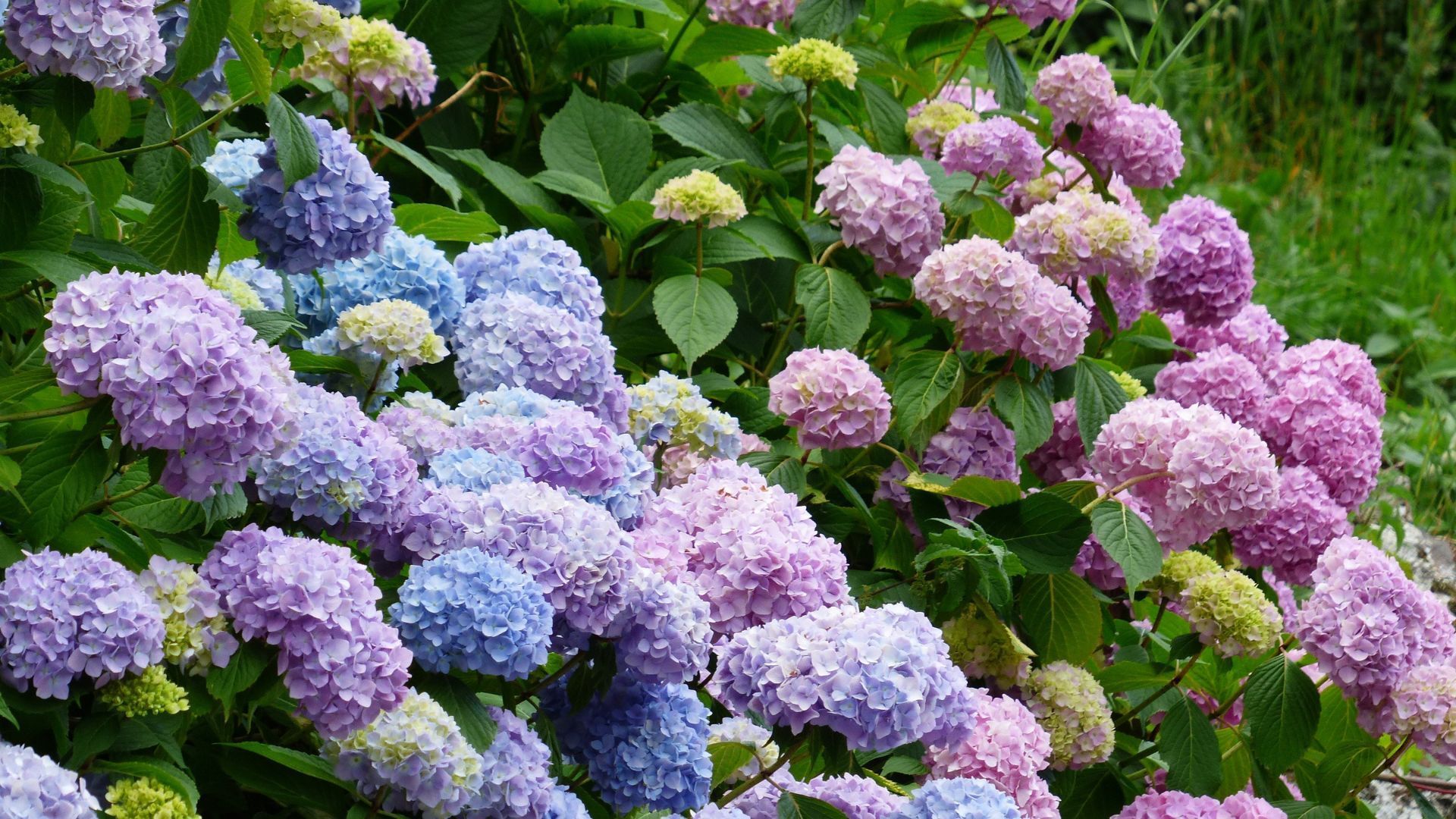Camphill Village: Where Community and Sustainability Thrive
Camphill Village Kimberton Hills, located in Chester County, Pennsylvania, is a unique and inspiring intentional community that integrates adults with developmental disabilities into a sustainable, inclusive lifestyle. Part of the larger global Camphill movement, which focuses on supporting individuals with disabilities through meaningful work, education, and community living, Kimberton Hills is set in a beautiful rural environment. It offers a peaceful, farm-based life where residents, known as villagers, live and work alongside volunteers in a supportive environment.
What you can experience during a visit to Camphill Village
The Café. Located at the heart of Camphill Village Kimberton Hills, the Café is a welcoming spot for locals, visitors, and residents alike. The Café is known for its warm, inviting atmosphere, where you can enjoy locally-sourced, organic meals and snacks. Much of the produce comes directly from the village’s biodynamic farm, ensuring that what’s served is fresh, seasonal, and grown with care.
The menu often includes fresh salads, soups, sandwiches, and baked goods, many of which are made from ingredients grown on-site or sourced from nearby farms. The café also offers vegetarian and vegan options, catering to various dietary preferences. In addition to food, the Café serves beverages such as coffee, tea, and herbal infusions, making it a cozy spot to relax or meet friends while enjoying a farm-to-table meal.
The Camphill Cafe, is open Wednesdays and Thursdays from 10 a.m. to 2 p.m., their cookies and granola are available for sale. Bread is available directly from the Bakery, which is adjacent to the Café, on Tuesday and Friday mornings.
The Café is an extension of the village's philosophy of sustainability and community, where food is not only nourishment but a way to connect with one another. Many of the villagers work in the Café, helping prepare and serve food, which adds a personal touch to every visit.
Sweet Water Baking Company. The bakery bakes cookies, granola and bread, made fresh each day. The bread is baked in a wood fired brick oven. To purchase the bread, cookies, and granola directly, stop by Sweet Water Baking Company.
The Gift Shop. Offers a selection of handcrafted goods made by the residents of Camphill Village and other local artisans. The products reflect the community’s emphasis on creativity, sustainability, and craftsmanship. You'll find items like handwoven textiles, candles, pottery, and organic skincare products, many of which are made from materials produced within the village.
In addition to handmade items, the Gift Shop often features seasonal products, including holiday decorations, natural toys, and gifts. It’s the perfect place to find one-of-a-kind, meaningful gifts that support the Camphill community’s mission.
Biodynamic Farm and Gardens. The village’s farm is a highlight, featuring fields, orchards, and gardens that are cultivated using biodynamic and organic practices. Visitors can walk through these green spaces, learn about sustainable farming, and see firsthand how food is grown for the community.
Artisan Workshops. Camphill Kimberton has several workshops where residents and community members create hand-made items. The weaving and textile studio produces colorful, handwoven scarves, blankets, and tapestries, while the woodworking shop creates custom wooden pieces, from furniture to small toys. The pottery studio makes beautiful pieces like earthenware glazed bowls and different style ceramic mugs.
Nature Trails and Open Spaces. Set on beautiful farmland, Camphill Village has scenic walking trails and open spaces where visitors can enjoy the peaceful rural landscape. Stroll through meadows, woodlands, and fields, experiencing the natural beauty that surrounds the community.
Seasonal and Community Events. Camphill Kimberton hosts seasonal festivals, markets, and community events that celebrate nature, the arts, and community spirit. Events often feature live music, craft demonstrations, and workshops, providing an engaging experience for visitors of all ages.
Conclusion
Every day on my way to work, I’d pass by Camphill Village. One afternoon, I happened to catch the cows crossing the road from their pasture, and it was such a peaceful moment to just sit back and watch. Camphill Village Kimberton Hills offers this kind of simple beauty at every turn. Whether you’re enjoying a fresh meal at the Café, picking up cookies or bread from the bakery, or browsing the artisan goods in the Gift Shop, a visit here isn’t just about enjoying high-quality products, it’s about connecting with a community that values collaboration, respect, and sustainability.
To learn more about Camphill Village in Kimberton, PA, check out their website for additional information. Camphill Village Kimberton Hills Intentional Community (camphillkimberton.org)
Check out the latest...








